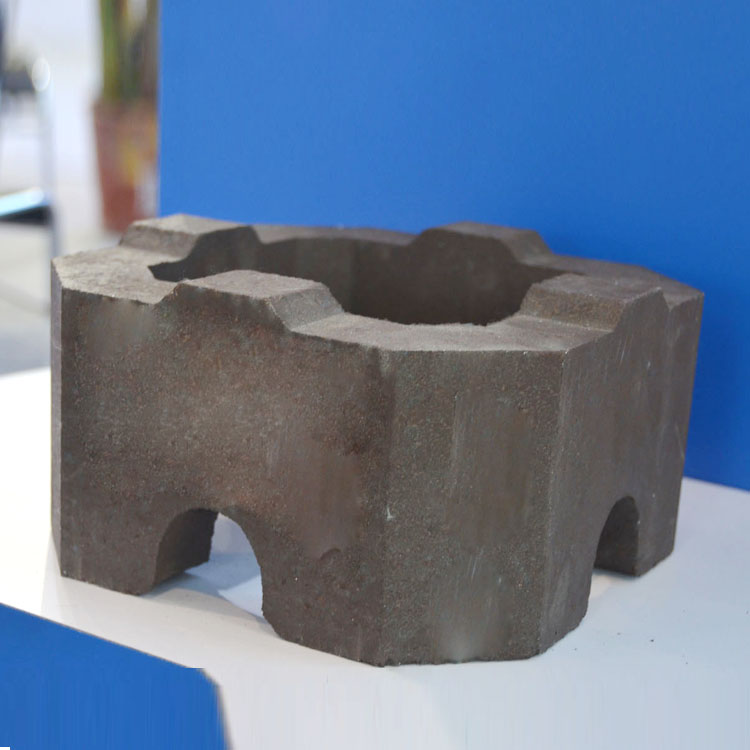.jpg?x-oss-process=image/resize,h_1000,m_lfit/format,webp)
Magnesia-chrome bricks play a crucial role in high-temperature industrial settings, such as metallurgy, glass manufacturing, and chemical industries. These bricks are essential for lining furnaces, kilns, and other high-temperature equipment, providing excellent resistance to heat, corrosion, and mechanical stress. Traditional magnesia-chrome bricks are typically manufactured through two main methods: one is by utilizing the reaction between iron oxide and spinel, and the other is through the synthesis and co-firing of materials. These methods have been the backbone of magnesia-chrome brick production for a long time.
.jpg)
Unfired magnesia-chrome bricks have their own unique features. They are known for their simple production process, which significantly reduces manufacturing costs. Additionally, they exhibit good thermal stability, making them suitable for some specific applications. However, unfired magnesia-chrome bricks also have notable limitations. Their high-temperature strength is relatively poor. At temperatures above 1400°C, their strength can decrease by up to 30%, which may lead to structural instability in high-temperature environments. This limitation restricts their use in some high-intensity and high-temperature industrial processes.
.jpg)
Directly bonded magnesia-chrome bricks address the shortcomings of unfired magnesia-chrome bricks and offer significant advantages. In terms of high-temperature strength, directly bonded magnesia-chrome bricks maintain excellent performance. Even at temperatures up to 1600°C, they can maintain more than 80% of their room-temperature strength. This high-temperature strength allows them to withstand greater mechanical stress and thermal shock in high-temperature environments, ensuring the long-term stability of furnace linings.
In addition to high-temperature strength, directly bonded magnesia-chrome bricks also have better corrosion resistance. They can resist the erosion of various slags and molten metals, effectively extending the service life of the furnace lining. In some metallurgical processes, the service life of directly bonded magnesia-chrome bricks can be up to 2 - 3 times longer than that of unfired magnesia-chrome bricks.
Directly bonded magnesia-chrome bricks are widely used in various industries. In the metallurgical industry, they are used in the lining of converters, electric arc furnaces, and ladles. Their high-temperature strength and corrosion resistance can improve the efficiency of steelmaking and reduce production costs. In the glass industry, they are used in glass melting furnaces, ensuring the stable operation of the furnace and improving the quality of glass products.
Let's take a look at a real customer case. A large steel company in Europe replaced the unfired magnesia-chrome bricks in its electric arc furnace with directly bonded magnesia-chrome bricks. After the replacement, the furnace lining's service life increased from 150 heats to 400 heats, and the maintenance cost was reduced by 40%. This case clearly demonstrates the advantages of directly bonded magnesia-chrome bricks in practical applications.

In conclusion, directly bonded magnesia-chrome bricks offer significant advantages over unfired magnesia-chrome bricks, especially in high-temperature strength and corrosion resistance. They are the ideal choice for enterprises looking to enhance their competitiveness in high-temperature industrial applications. If you are interested in learning more about directly bonded magnesia-chrome bricks or have any questions, please feel free to contact us. We are committed to providing you with the best products and services.
Ready to upgrade your high-temperature equipment with directly bonded magnesia-chrome bricks? Contact us now to get detailed product information and professional technical support!

